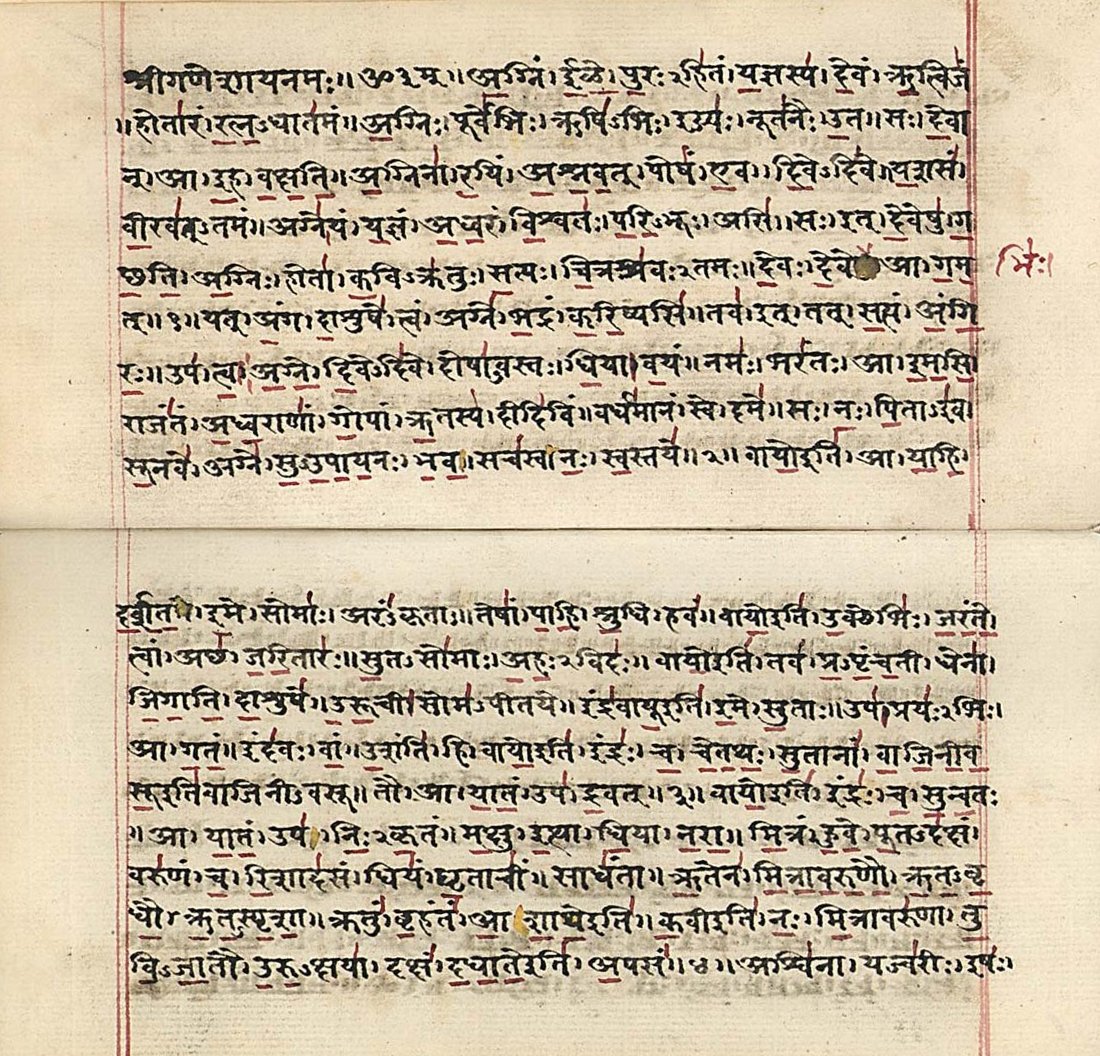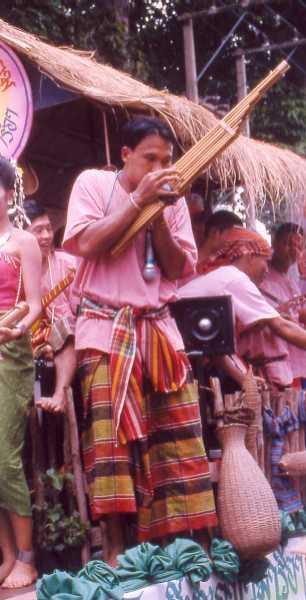|
Pinphat
Pinphat is a traditional Lao ensemble used to accompanied in Laotian shadow theater and masked theater Phralak Phralam, the Laotian version of Indian Ramaya. This ensemble was adopted from the Khmer orchestra. Pinphat is analogous to Khmer Pinpeat and Thai Piphat. Etymology As Pinphat was adopted from the Khmer traditional ensemble called Pinpeat, the pronunciation is very similar to its Cambodian cousin and sharing the same words root from Sanskrit ''vînâ'' and ''vadya'' meaning 'musical instrument'. See also * Khene The ''khene'' (; spelled "Can" in English; Lao: ແຄນ; th, แคน, , ; km, គែន - ''Ken''; Vietnamese: ''khèn'') is a Lao mouth organ whose pipes, which are usually made of bamboo, are connected with a small, hollowed-out ha ... References Laotian music Classical and art music traditions {{Laos-stub ... [...More Info...] [...Related Items...] OR: [Wikipedia] [Google] [Baidu] |
Pinpeat
The ''Pinpeat'' ( km, ពិណពាទ្យ, ) is the largest Khmer traditional musical ensemble. It has performed the ceremonial music of the royal courts and temples of Cambodia since ancient times. The orchestra consists of approximately nine or ten instruments, mainly wind and percussion (including several varieties of xylophone and drums). It accompanies court dances, masked plays, shadow plays, and religious ceremonies. This ensemble is originated in Cambodia since before Angkorian era. The pinpeat is analogous to the pinphat adopted from the Khmer court by the Lao people and the piphat ensemble of Thailand.Sam-Ang Sam "Cambodia" in ''New Grove Dictionary of Music and Musicians'', 2nd ed., 2001. pp. 861-863 Etymology According to Chuon Nath's Khmer dictionary, the 'Pinpeat' is composed of the Sanskrit terms ''vina/ pin'' () referring to the pin (harp), which was formerly used as the premiere instrument in this ensemble, and ''vadya/ padya/ peat'' () referring to ... [...More Info...] [...Related Items...] OR: [Wikipedia] [Google] [Baidu] |
Piphat
A ''piphat'' is a kind of ensemble in the classical music of Thailand, which features wind and percussion instruments. It is considered the primary form of ensemble for the interpretation of the most sacred and "high-class" compositions of the Thai classical repertoire, including the Buddhist invocation entitled ''sathukan'' ( th, สาธุการ) as well as the suites called ''phleng rueang''. It is also used to accompany traditional Thai theatrical and dance forms including ''khon'' ( th, โขน) (masked dance-drama), '' lakhon'' (classical dance), and shadow puppet theater. Piphat in the earlier time was called ''phinphat''. It is analogous to its Cambodian musical ensemble of pinpeat and Laotian ensemble of pinphat. Types of ''piphat'' The smallest ''piphat'', called ''piphat khrueang ha'', is composed of six instruments: '' pi nai'' (oboe); '' ranat ek'' (xylophone); '' khong wong yai'' (gong circle); '' taphon'' or other Thai drums; '' glong thad'', a set o ... [...More Info...] [...Related Items...] OR: [Wikipedia] [Google] [Baidu] |
Sanskrit
Sanskrit (; attributively , ; nominalization, nominally , , ) is a classical language belonging to the Indo-Aryan languages, Indo-Aryan branch of the Indo-European languages. It arose in South Asia after its predecessor languages had Trans-cultural diffusion, diffused there from the northwest in the late Bronze Age#South Asia, Bronze Age. Sanskrit is the sacred language of Hinduism, the language of classical Hindu philosophy, and of historical texts of Buddhism and Jainism. It was a lingua franca, link language in ancient and medieval South Asia, and upon transmission of Hindu and Buddhist culture to Southeast Asia, East Asia and Central Asia in the early medieval era, it became a language of religion and high culture, and of the political elites in some of these regions. As a result, Sanskrit had a lasting impact on the languages of South Asia, Southeast Asia and East Asia, especially in their formal and learned vocabularies. Sanskrit generally connotes several Indo-Aryan lang ... [...More Info...] [...Related Items...] OR: [Wikipedia] [Google] [Baidu] |
Veena
The ''veena'', also spelled ''vina'' ( sa, वीणा IAST: vīṇā), comprises various chordophone instruments from the Indian subcontinent. Ancient musical instruments evolved into many variations, such as lutes, zithers and arched harps.Vina: Musical Instrument Encyclopædia Britannica (2010) The many regional designs have different names such as the '' Rudra veena'', the '''', the '''' and others. The North Indian ''rudra veena'', u ... [...More Info...] [...Related Items...] OR: [Wikipedia] [Google] [Baidu] |
Khene
The ''khene'' (; spelled "Can" in English; Lao: ແຄນ; th, แคน, , ; km, គែន - ''Ken''; Vietnamese: ''khèn'') is a Lao mouth organ whose pipes, which are usually made of bamboo, are connected with a small, hollowed-out hardwood reservoir into which air is blown. The khene is the national instrument of Laos. The khene music is an integral part of Lao life that promotes family and social cohesion and it was inscribed in 2017 on the UNESCO Representative List of the Intangible Cultural Heritage of Humanity''.'' Although it is associated with the Lao people of Laos and Isan (Northeast Thailand) nowadays, other similar instruments date back to the Bronze Age. In Cambodia, it is used among the ethnic Lao population of the province of Stung Treng and is used in ''lakhon ken'', a Cambodian dance drama genre that features the ''khene'' as the main instrument In Vietnam, this instrument is used among the Tai peoples and the Muong people. The khene uses a free ree ... [...More Info...] [...Related Items...] OR: [Wikipedia] [Google] [Baidu] |
Laotian Music
The music of Laos includes the music of the Lao people, a Tai ethnic group, and other ethnic groups living in Laos. The traditional music of Laos has similarities with the traditional music of Thailand and Cambodia, including the names of the instruments and influences and developments. To categorize Lao music, it seems helpful to distinguish between the nonclassical folk traditions (which are presented through the ensembles and instruments used within), the classical music traditions and its basic ensembles, and vocal traditions. The most popular form of music in Laos is the indigenous mor lam. Classical music The Lao term ເພງລາວເດີມ "peng Lao deum" (traditional Lao songs) describes the royal court music of Laos. Historical records indicate that an indigenous classical tradition existed, which was mainly influenced by ancient Khmer traditions and mountainous ethnic groups. King Fa Ngum was raised and educated in Angkor Wat, so the Khmer traditions were the f ... [...More Info...] [...Related Items...] OR: [Wikipedia] [Google] [Baidu] |

.jpg)


